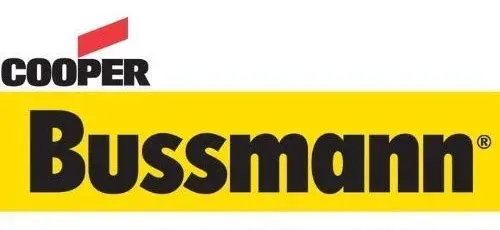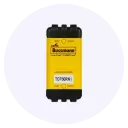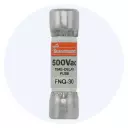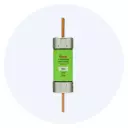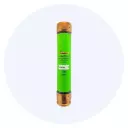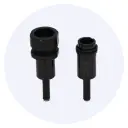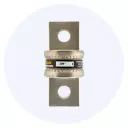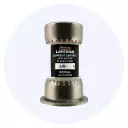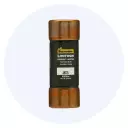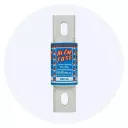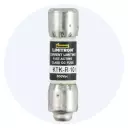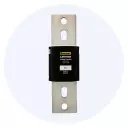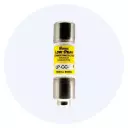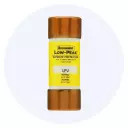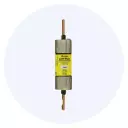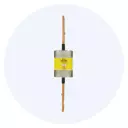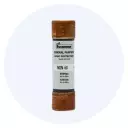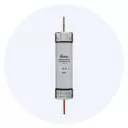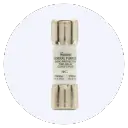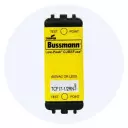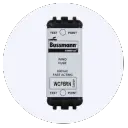Blog
Understanding Eaton-Bussmann Fuse Types
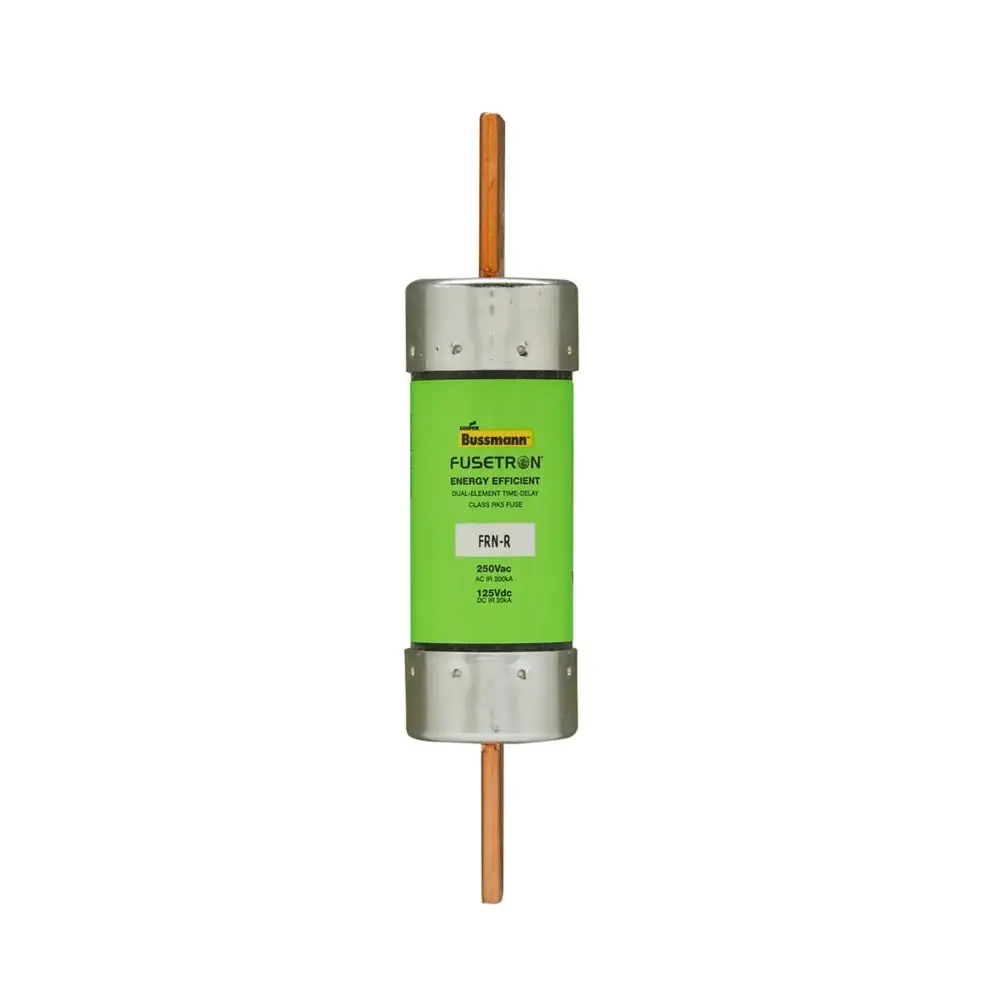
When it comes to circuit protection, one of the most critical components is the fuse. Eaton-Bussmann is a leading manufacturer of fuses, offering a wide range of products that cater to diverse applications and industries. Understanding Eaton-Bussmann fuse types is essential for selecting the right fuse for your specific needs, ensuring optimal performance, and preventing damage to your equipment.
Eaton-Bussmann fuse types can be broadly categorized into several product families, including power fuses, electronics fuses, and transportation fuses. Each family is designed to meet the unique requirements of different applications, from residential and commercial electrical systems to industrial control panels, automotive systems, and electronic devices.
Power Fuses
Eaton-Bussmann power fuses are designed to provide overcurrent protection for electrical systems, including residential, commercial, and industrial applications. These fuses are available in various types, including:
- North American fast-blow fuses: These fuses are designed to meet the requirements of the North American market, with a fast-blow characteristic that provides quick protection against overcurrent conditions.
- IEC standard fuses: These fuses are designed to meet the International Electrotechnical Commission (IEC) standards, offering a high level of protection and reliability for electrical systems.
- American standard cylindrical fuses: These fuses are designed to meet the requirements of the American market, with a cylindrical shape that provides easy installation and removal.
- European standard square fast-blow fuses: These fuses are designed to meet the requirements of the European market, with a square shape that provides a high level of protection and reliability.
- UL/CSA certified low-voltage fuses: These fuses are designed to meet the requirements of the Underwriters Laboratories (UL) and Canadian Standards Association (CSA), providing a high level of protection and reliability for low-voltage applications.
Electronics Fuses
Eaton-Bussmann electronics fuses are designed to provide overcurrent protection for electronic devices, including:
- Chip fuses: These fuses are designed to provide overcurrent protection for surface-mount devices, with a compact size and high level of reliability.
- ESD suppressors: These fuses are designed to provide protection against electrostatic discharge (ESD), which can damage sensitive electronic components.
- Supercapacitors: These fuses are designed to provide a high level of energy storage and filtering, making them ideal for applications such as power supply filtering and backup power systems.
- Power inductors: These fuses are designed to provide a high level of inductance and current handling, making them ideal for applications such as power supplies and motor control systems.
- Glass/ceramic tube fuses: These fuses are designed to provide a high level of protection and reliability, with a glass or ceramic tube that provides excellent electrical insulation and mechanical strength.
Transportation Fuses
Eaton-Bussmann transportation fuses are designed to provide overcurrent protection for automotive and transportation applications, including:
- Low-voltage distribution boxes: These fuses are designed to provide a high level of protection and reliability for low-voltage electrical systems in vehicles.
- Video control systems: These fuses are designed to provide overcurrent protection for video control systems, including cameras and displays.
- Remote monitoring systems: These fuses are designed to provide overcurrent protection for remote monitoring systems, including sensors and actuators.
- Automotive fuses: These fuses are designed to provide a high level of protection and reliability for automotive electrical systems, including engine control units and infotainment systems.
Precautions and Considerations
When selecting an Eaton-Bussmann fuse, it is essential to consider several factors, including:
- Current rating: The current rating of the fuse should match the requirements of the application, taking into account factors such as wire size, load current, and ambient temperature.
- Voltage rating: The voltage rating of the fuse should match the requirements of the application, taking into account factors such as system voltage, surge voltage, and insulation requirements.
- Response time: The response time of the fuse should be considered, taking into account factors such as the type of load, the level of protection required, and the response time of other protection devices.
- Environmental conditions: The environmental conditions of the application should be considered, taking into account factors such as temperature, humidity, and vibration.
In conclusion, Eaton-Bussmann fuse types offer a wide range of solutions for circuit protection, from power fuses to electronics fuses and transportation fuses. By understanding the different types of fuses and their applications, you can select the right fuse for your specific needs, ensuring optimal performance and preventing damage to your equipment. Always consider the product parameters, specifications, uses, and precautions when selecting a fuse, and consult with a qualified engineer or technician if you are unsure about any aspect of the selection process.
